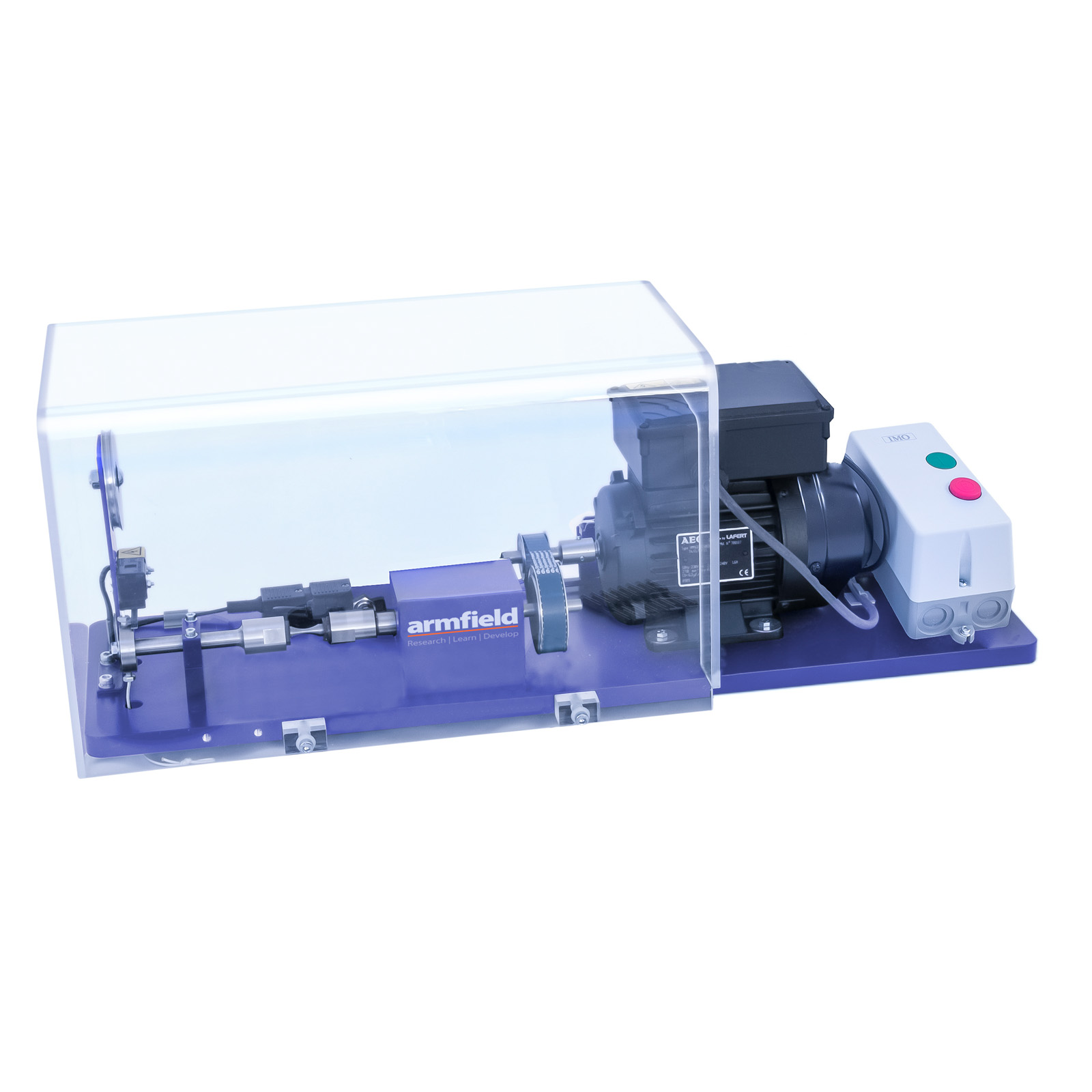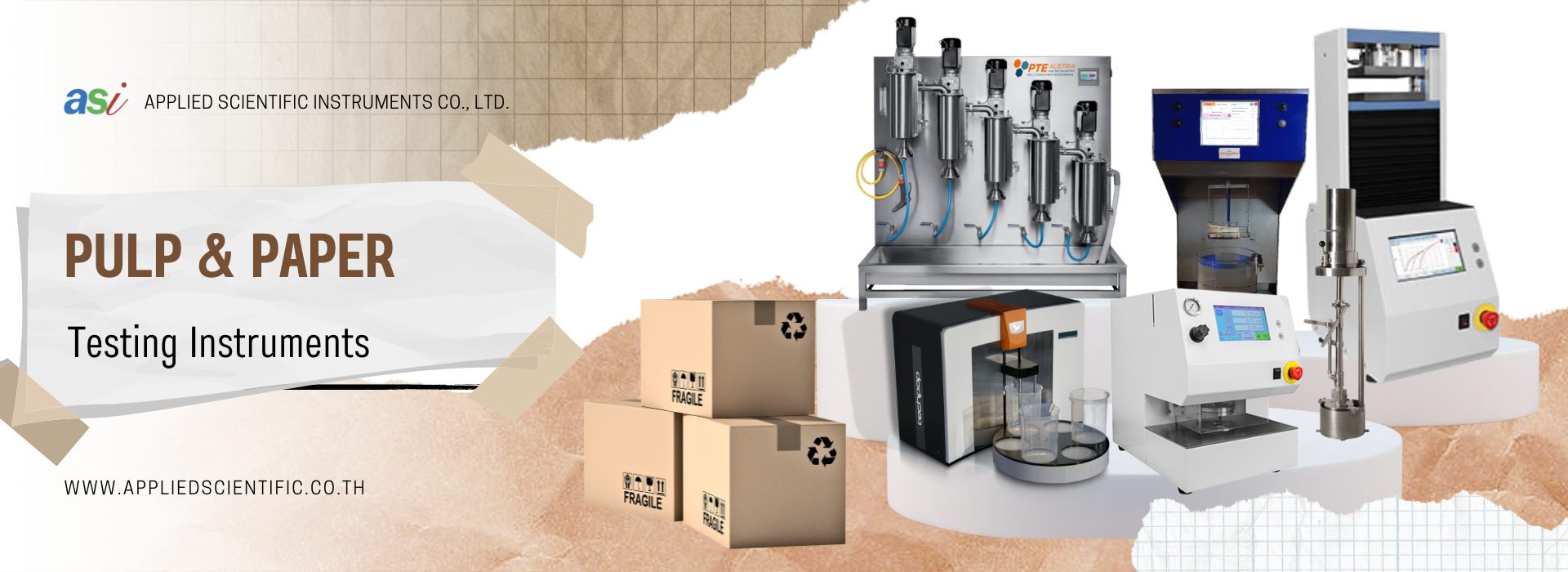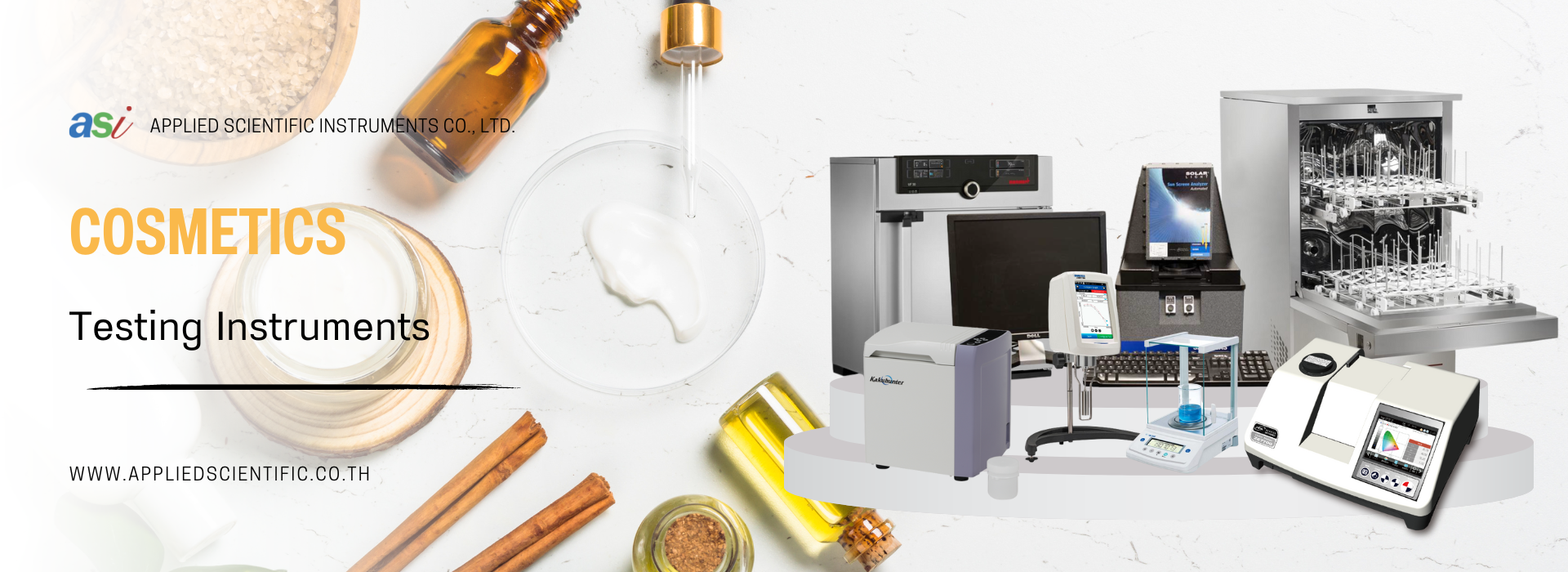
Rotating Fatigue Machine
20 เมษายน 2566
ผู้ชม 172 ผู้ชม
DESCRIPTION
The SV800 rotating fatigue machine has been designed to introduce students to the effects of material fatigue using a sinusoidal variation of bending stress.
A 2800rpm motor rotates a specimen through a gear and pulley arrangement between 5600 or 1400 rpm. The specimens are held within ‘keyless’ chucks and loaded using a cantilever arrangement, with the load being applied through a screw jack mechanism with integral cantilever load cell.
A digital interface displays the applied force and revolution count of the specimen. Both values can be reset and zeroed (tared) prior to the testing commencing. When specimen failure occurs, a micro switch stops the motor and the cycles to failure are registered on the digital display. The count remains when the motor is not running. A safety guard shields all rotating parts.
The AIU Armfield interface unit allows a host computer (not supplied) to be connected to the SV800. The software supplied allows the capture and reviewing of data.
EXPERIMENTAL CONTENT
- To make an introductory study of fatigue using a Wohler rotating fatigue apparatus, including the time to failure caused by various stress levels and materials
- Introducing students to S-N curves
- Material specification on fatigue limits
- Specimen geometry on fatigue limit
TECHNICAL SPECIFICATIONS
- Motor speeds: 5600 or 1400rpm
- Motor speed: 2800rpm nominal
- On-board starter box
- Timing pulley and belt drive system: 20t and 40t
- 10 x Standard specimens: Ø4mm neck diameter x 65(L) mm, steel
- Cantilever loading arrangement
- Clear safety guard
- Safety: Motor will remain inactive with safety guard removed
FEATURES & BENEFITS
- Fatigue testing based on Wohler
- Fully guarded system
- Variable speed
- Automatic motor cut-off following specimen fracture
- Digital force sensor
- Digital interface and software
- Keyless chucks
- Set of specimens supplied with spares optionally available







